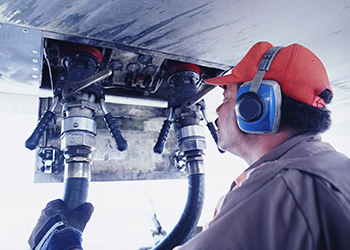Friday, October 25, 2019
Cranes, Derricks, and Hoists in Construction
The Rutgers School of Public Health was awarded $160,000 of federal funds on September 30, 2019 through the OSHA Susan Harwood Training Grant Program to provide Cranes, Derricks, and Hoists Hazards training. 1-day Cranes, Derricks, and Hoists Training will be offered in Somerset, NJ, starting January 2020. This program is fully funded by federal funds
Northeast Industrial Hygiene Conference and Exhibition
This year’s Northeast Industrial Hygiene Conference and Exhibition will be on December 6th, 2019 at the Westin Forrestal Village in Princeton, New Jersey. Click below for the Save the Date announcement, which includes info on the topics and opportunities to sponsor and/or exhibit at the conference. 2019 NEIHce Save the Date
The NJAIHA Professional Development Courses will be held on December 5th, 2019 at the PSE&G facility in Sound Plainfield, New Jersey. 2019 PDC Save the Date.
Links to register:
OSHA requests information on Online Outreach Training
 The U.S. Department of Labor’s Occupational Safety and Health Administration (OSHA) today issued a Request for Information (RFI) to consider Online Outreach Training Program Consortiums, a new model to administer online classes for the Outreach Training Program.
The U.S. Department of Labor’s Occupational Safety and Health Administration (OSHA) today issued a Request for Information (RFI) to consider Online Outreach Training Program Consortiums, a new model to administer online classes for the Outreach Training Program.
Protecting Workers' Hearing
October is National Protect Your Hearing Month, and OSHA has resources to keep workers safe from occupational noise exposure.
Opioid Outreach
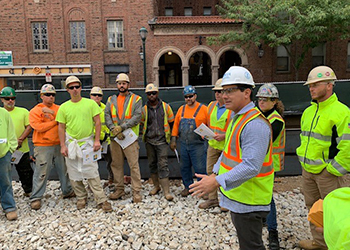 OSHA is raising awareness on how to implement a workplace program on opioids. This toolkit includes sample policies, fact sheets, presentations, safety talks, posters, white papers, reports, videos and more, so you can implement a workplace program on opioids.
OSHA is raising awareness on how to implement a workplace program on opioids. This toolkit includes sample policies, fact sheets, presentations, safety talks, posters, white papers, reports, videos and more, so you can implement a workplace program on opioids.
Understanding OSHA Inspections
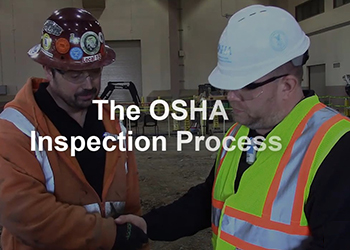 A new video explains the OSHA inspection process and how the agency is helping to protect workers from workplace hazards.
A new video explains the OSHA inspection process and how the agency is helping to protect workers from workplace hazards.
Beryllium Final Rule
The U.S. Department of Labor’s Occupational Safety and Health Administration (OSHA) has finalized its June 27, 2017, proposal to revise the construction and shipyards standards.
In the final rule, to be published on September 30, 2019, OSHA:
- Does not implement the proposal to revoke all of the standards’ ancillary provisions; but
- Extends the compliance dates for the ancillary provisions to September 2020 to account for OSHA’s new proposal to revise or remove specific provisions; and
- Maintains enforcement of the permissible exposure limit.
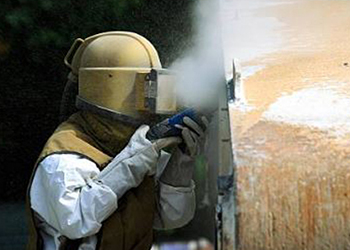
In a forthcoming rulemaking, OSHA will publish a proposal to amend the beryllium standards for construction and shipyards by more appropriately tailoring the requirements of the standards to the exposures in these industries. The proposed changes would maintain safety and health protections for workers, facilitate compliance with the standards, and increase cost savings.
Respiratory Protection Standard
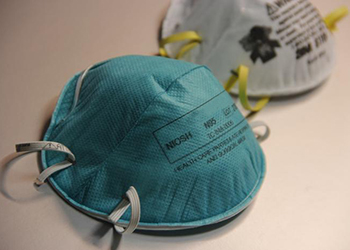 The U.S. Department of Labor’s Occupational Safety and Health Administration (OSHA) today issued a final rule that provides employers with two new fit testing protocols for ensuring that employees’ respirators fit properly.
The U.S. Department of Labor’s Occupational Safety and Health Administration (OSHA) today issued a final rule that provides employers with two new fit testing protocols for ensuring that employees’ respirators fit properly.
The new protocols are the modified ambient aerosol condensation nuclei counter (CNC) quantitative fit testing protocol for full-facepiece and half-mask elastomeric respirators, and the modified ambient aerosol CNC quantitative fit testing protocol for filtering facepiece respirators. Both protocols are variations of the original OSHA-approved ambient aerosol CNC protocol, but have fewer test exercises, shorter exercise duration, and a more streamlined sampling sequence.
These two quantitative methods add to the four existing in Appendix A of OSHA’s Respiratory Protection Standard, which contains mandatory respirator fit-testing protocols that employers must choose from to protect employees from hazardous airborne contaminants. The rule does not require employers in general industries, shipyard employment, and construction to update or replace their current fit testing methods, and does not impose additional costs.
The rule becomes effective September 26, 2019.
Subscribe to:
Posts (Atom)

